
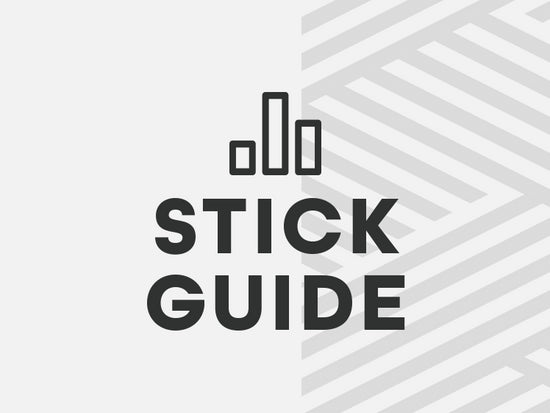
Do you stock left handed sticks
The short answer is no. No-one does.
There are no "Left-Handed" hockey sticks. All sticks are made in the same mould. And according to FIH regulations it is illegal to play with a hockey stick that has a bend going in the other direction for safety reasons
As a left handed player you may think that you need to change your grip from the normal "Right-handed" grip. We recommend that you don't change your grip. In Hockey when playing with a standard grip the left hand actually does all the work so a left handed player is actually at an advantage!
What is the Carbon Content of this stick?
We get this question quite a bit. And normally what people are actually looking to know is how much power the stick has. By power we mean the ball speed a stick can generate when hitting or slapping the ball given a constant swing speed. There are a few ways to achieve this.
Most common is to increase the amount of Carbon in the stick. While this is quick and easy way to increase the power of a stick it has it's draw backs. The more carbon added the more brittle a stick becomes and the more prone to breaking the stick will be. Because of this a "100% carbon" would snap in two as soon as you hit the ball.
You can also increase the stiffness of the stick by making the shaft thicker. A general rule of thumb is if you double the width of the shaft you increase the stiffness by a four times.
There is also the lay-up of the stick. This reffers to how and in what direction the materials in the stick are laid in the manufacturing process as well as the pressure used in bonding the laminate of the stick. The higher the pressure the stronger the bond and stiffer the stick.
A "100% Carbon Content" stick is not really possible as all sticks will need to be made up with between 5% - 10% resins to hold the stick together and make sure it does not break.
What stick is best for my position?
Sticks are designed to enhance certain skill sets with a few factors. The bow of a stick can be more tailored to a certain skill set - for example an Extra low Bow would suit a more areal skills, where as a Mid bow would be more focused around basic skills.
The power (or stiffness) of a stick is also a factor to take into account. The stiffer a stick the more power it will generate when hitting the ball. The trade off is that stiffer sticks are generally less forgiving and best suited to more experienced players.
What length stick should I use?
A stick size is a case of personal preference, influenced by your height, whether you want extra reach, or whether a shorter sticks gets you lower to the ground improving your vision and control over the ball.
What is the difference between stick shapes?
According to the laws of the game, the curve in the shaft is not allowed to be more than 25mm at it’s apex when the stick is laid flat on the ground. There are two factors influencing the bow in the stick. The curve peak and the curve position. Most stick bows have a curve peak close to the 25mm maximum so the bigger thing to think about is where the apex of the curve is position on the shaft. There are four main stick shapes. Extra Low Bow, Low Bow, Mid Bow, Traditional Bow. Each bow serves a different purpose and to fit a certain play style.
Extra Low Bow
The Extra Low bow shape is suited to players who prefer a more areal play style. The Extra low bow shape aids areal skills in particular drag flicking, overheads etc. But makes trapping and hitting the ball more difficult.
Low Bow
Designed for the all round player. Offering the best of both worlds.
Mid Bow
The mid bow shape was designed to enhance trapping and basics with a more even stick profile.
Traditional Bow
A mid bow shape with a thicker shaft profile
Why do sticks have different head shapes?
Head shapes are generally a question of personal preference. Extended head shapes aid stopping and hitting on the reverse stick side. Where a thinner toe aids getting the stick under the ball to perform areal skills.
What does a concave face do?
A concave face is specifically designed for drag flicking and overheading. The Concave face of the shaft is designed to channel the ball up the shaft when drag flicking.

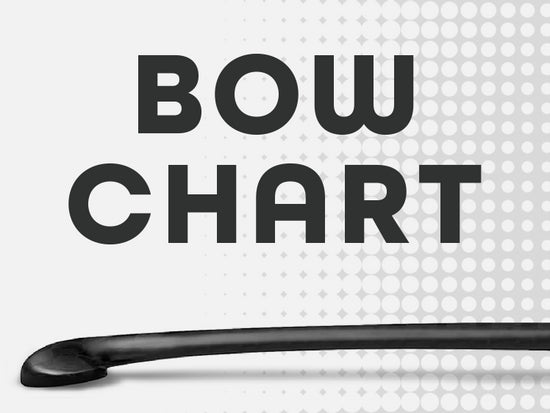

Extra Low Bow (XLB)
The most popular with players who have a more aerial playstyle and dragflickers. If you love areal 3D skills or overheads, the XLB shape will make it that much easier to lift the ball. The Extreme bend also provides the ideal shape for drag flicking. Usually with a 24mm curve peak and 200mm curve position. Some brands and moulds have a concave face, as well for the perfect drag flick stick.
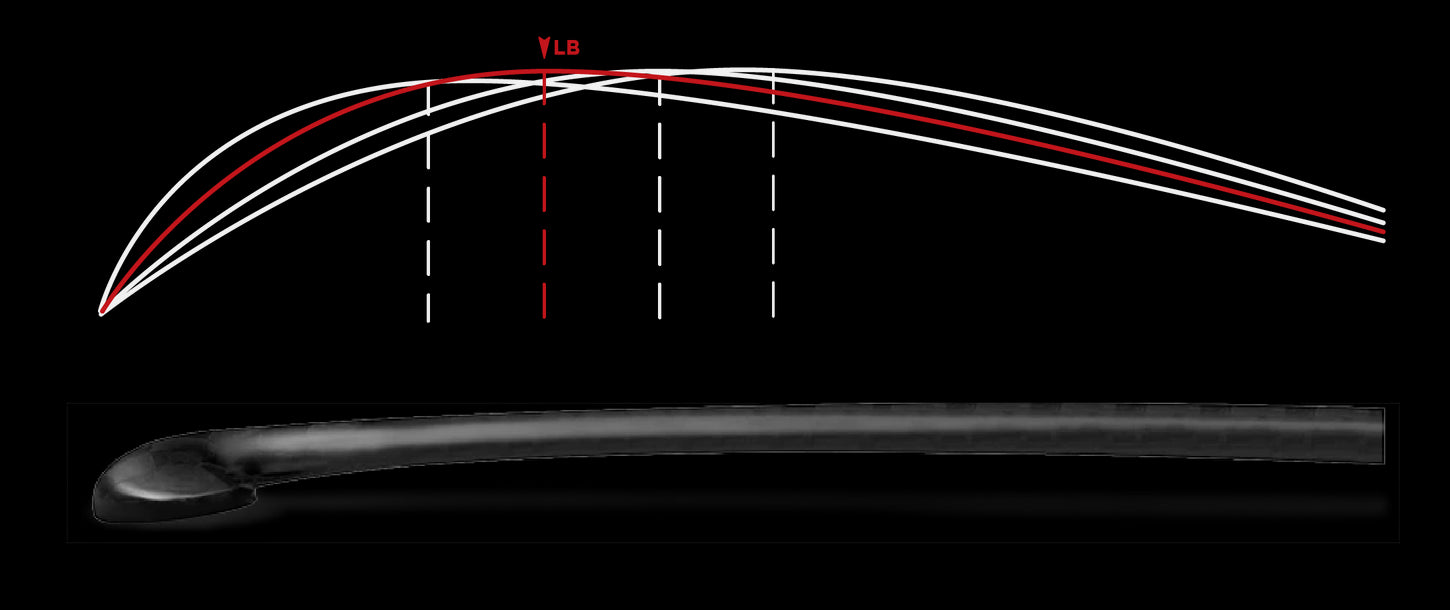
Low Bow (LB)
A shape designed for the all round player. The Low bow shapes gives you the benefits of both worlds. The curve helps when performing areal skills, overheads etc. and is not too extreme, thus not compromising your basics. Usually with a 24mm curve peak and 250mm curve position.
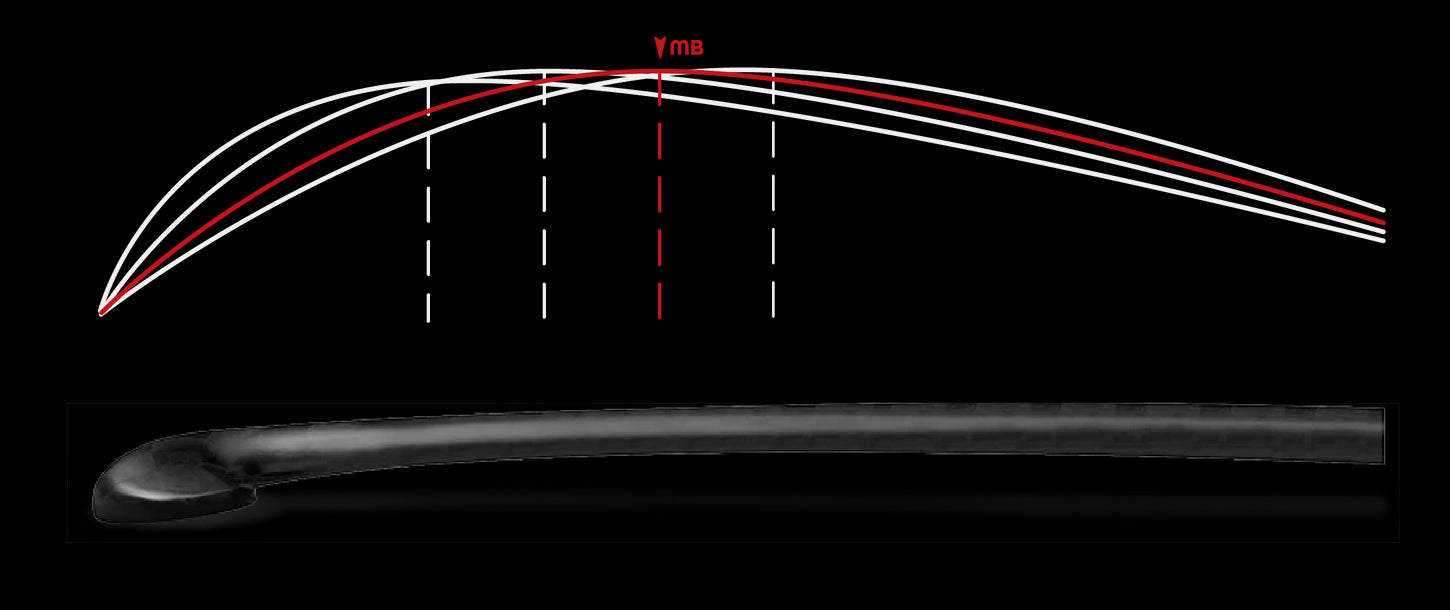
Mid Bow (MB)
Designed to enhance your trapping and basics. The Mid bow curve gives you an even stick profile, for more power and control over the ball! Usually with a curve peak of 22mm and curve position of 300mm.
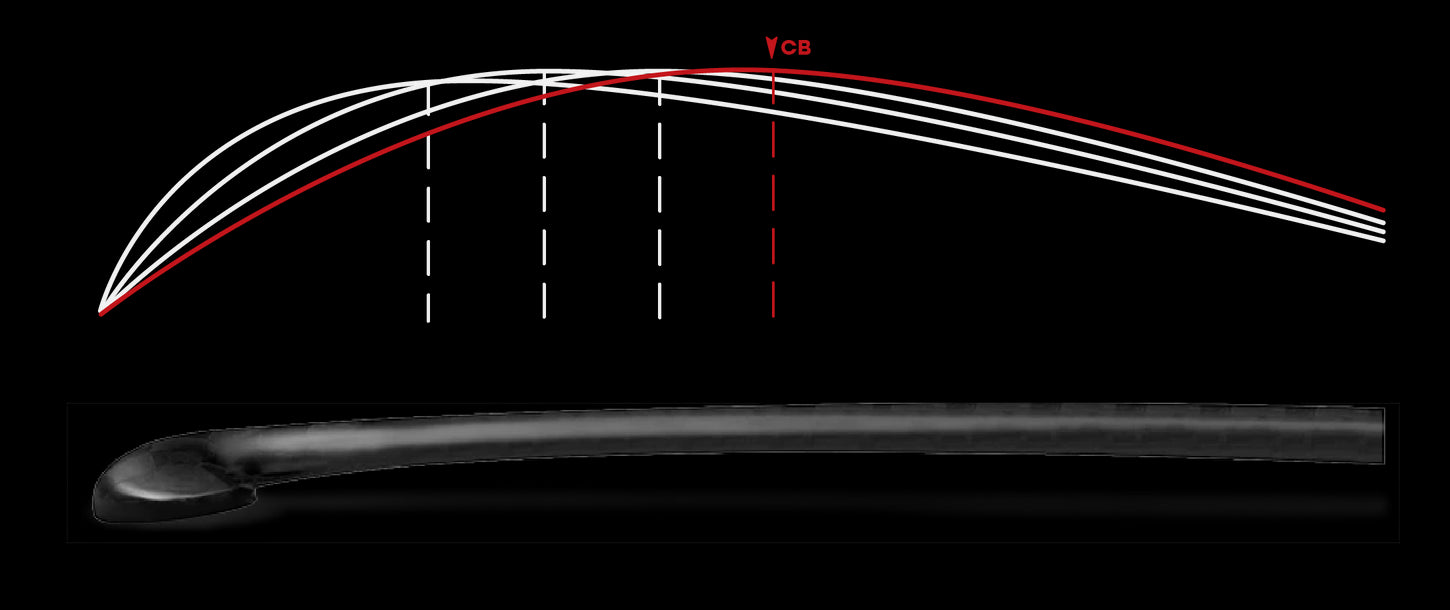
Traditional Bow (TB)
The more traditional bow shape, the classic bow helps maximize power and control over the ball. Usually with a curve peak of 19mm and curve position of 350mm.

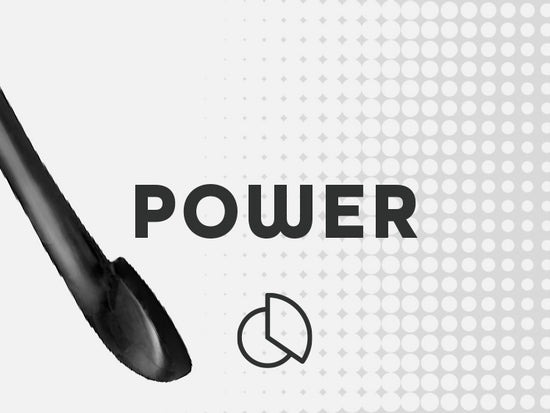
1. Stiffness
Ball speed is obviously important in many aspects of the game and particularly crucial when shooting at goal or passing over longer distances. There is a direct correlation between the power a stick can generate when hitting or slapping and the shaft stiffness of the stick. The stiffer the shaft of the stick, the more direct transfer of energy there is onto the ball and the faster the ball will travel. The shaft stiffness of the stick is dependent on a number of factors:
Firstly; the materials that are used to make the stick. No metallic substances are allowed in the production of a hockey stick and so the materials used are composite materials, ranging from fibre glass to various aramids and carbon. Carbon is generally the most effective material to stiffen a stick. It is very light and has a very high tensile strength. It does however significantly harden the feel of the stick, as it is not as absorbent as other composite materials and is also relatively brittle when subjected to impact. It therefore has to be combined carefully with other materials, in order not to negatively impact the feel and durability of the stick.
2. Lay Up
The second main factor influencing shaft stiffness is the lay-up of the stick. By lay-up, we mean where and how the different materials are placed in the shaft of the stick during production. As a stick is not a uniform shape, there are different torsional stresses in different areas of the stick on impact with the ball. The placement and fibre direction of the different composites materials are critical to get the maximum possible transfer of energy onto the ball.
Thirdly, the shaft stiffness also affects the quality of the bond between the different materials. This in turn is impacted by the quality of the resins used and process used to impregnate the fibre and also the moulding process.
If carbon is not used effectively, it can negatively impact on the feel and durability of a stick. When choosing a stick, players who prioritize power for hitting and slapping will place a big emphasis on the shaft stiffness of the stick. Improved shaft stiffness is the main feature you are paying for when you move up in the range.

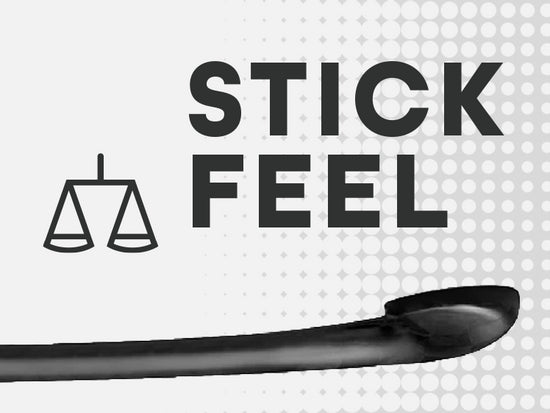
Feel of a stick
Feel of a stick What is meant by the feel, is the sensation felt when the stick makes contact with the ball when executing skills like hitting, slapping, trapping, dribbling, etc. While to some extent the feel is subjective, different stick models will have their own distinctive feels. Some may be softer and more forgiving, while others could be harder but more precise. The feel is dependent on a mix of materials used to make the stick, as well as the manufacturing process. Top end sticks have a stiffer shaft in order to improve power but as the materials used to stiffen the shaft (such as Carbon) are not very pliable, they tend to have a harder feel. The real art in the manufacture of a top end hockey stick is to produce a stiff shaft for high power, but at the same time create a feel which allows for easy execution of skills. Different manufacturers use a variety of technologies to try to soften the feel of a top end, however there is some trade off between power and softer feel, so make sure you choose the model that suits you best.

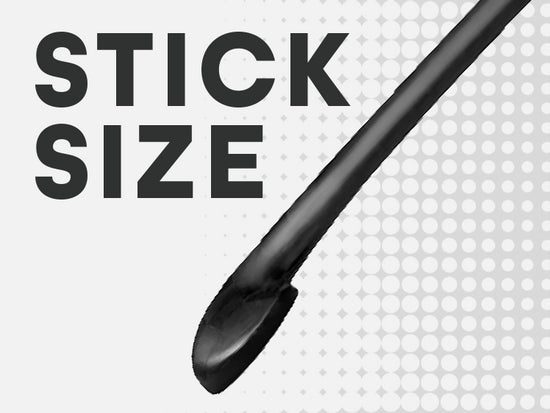
Choosing a Stick Size
Picking the right size stick can be difficult. We're here to help. The below table is a breakdown of the recommended size stick based on your height. Choosing the size stick for you can also come down to personal preference. A shorter stick could be more useful for a striker/mid-fielder, as it forces you to get lower to the ground and gives you more control over the ball, whereas a defender might prefer a longer stick for the extra reach.
Stick Size (inch) | Players Height (cm) |
|---|---|
| 24" | 65 - 99 |
| 26" | 100 - 104 |
| 28" | 105 - 116 |
| 30" | 117 - 128 |
| 32" | 129 - 134 |
| 33" | 135 - 138 |
| 34" | 139 - 147 |
| 35" | 148 - 159 |
| 36.5" | 160 - 167 |
| 37.5" | 167 - 174 |
| 38.5" | 174 - 180 |